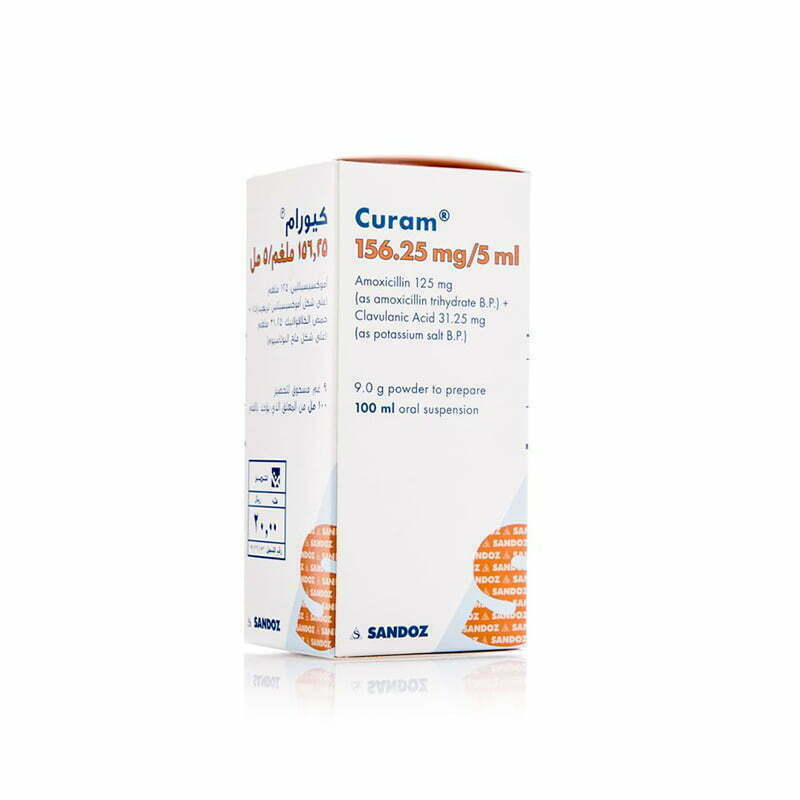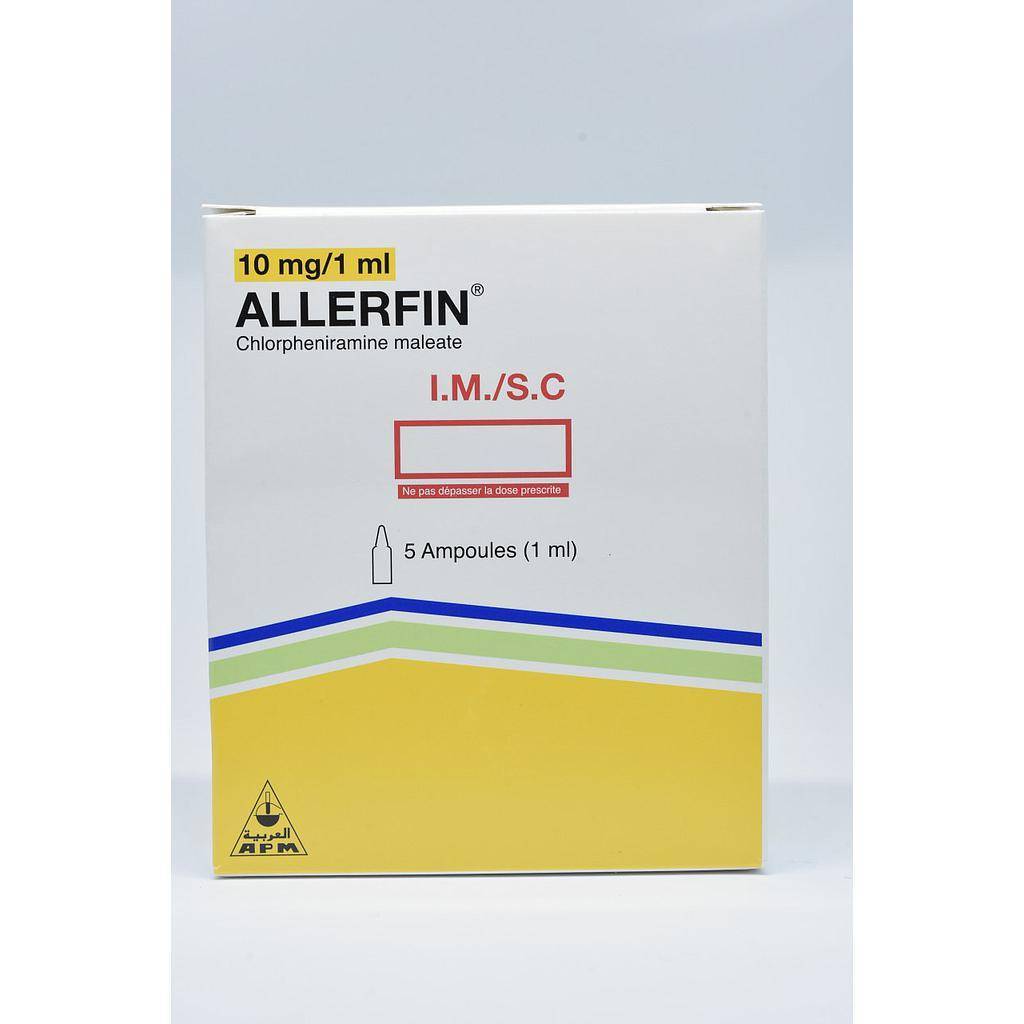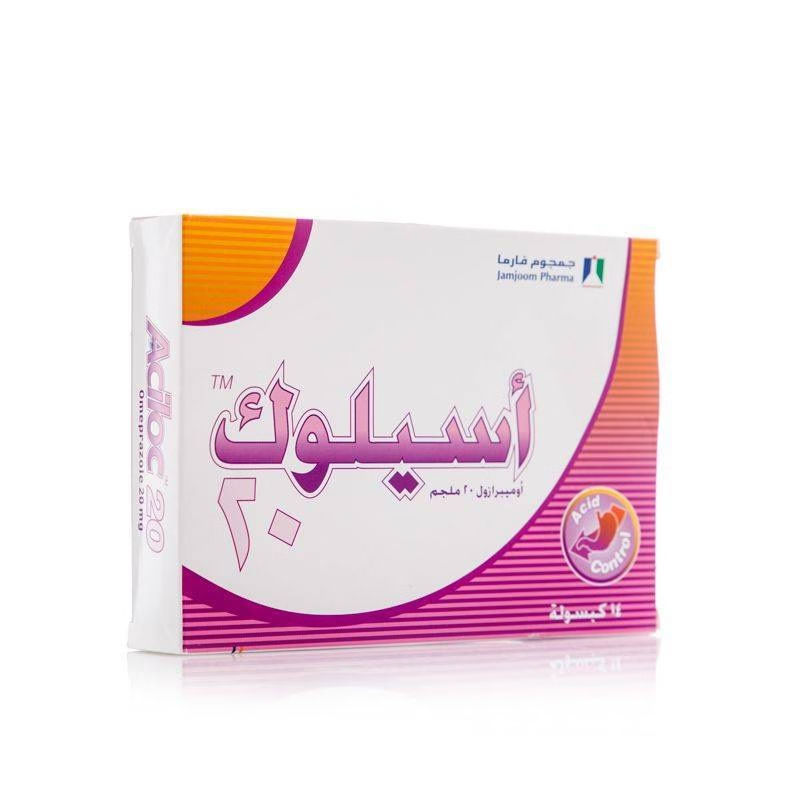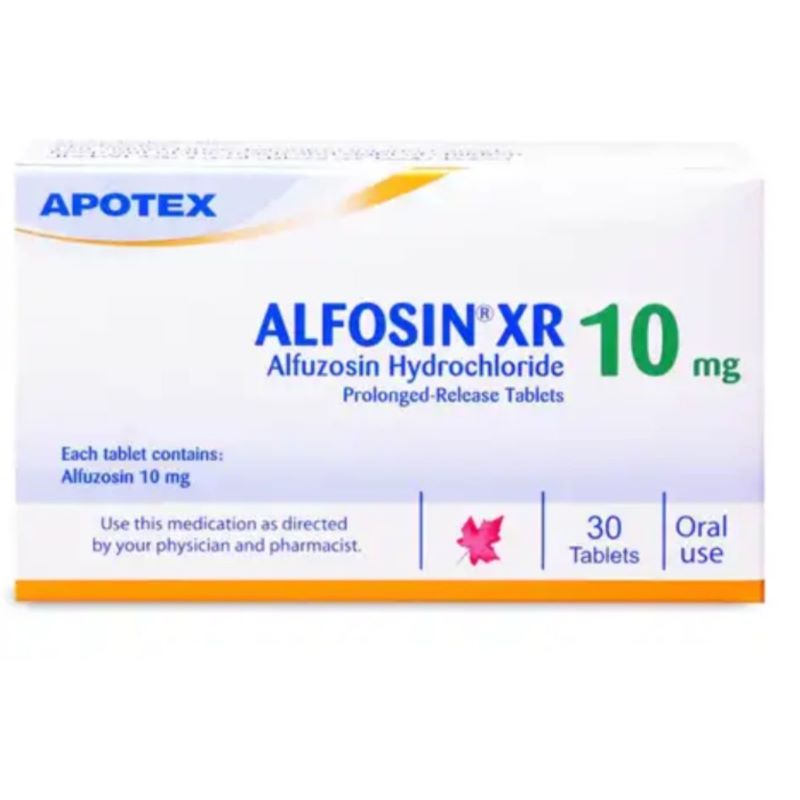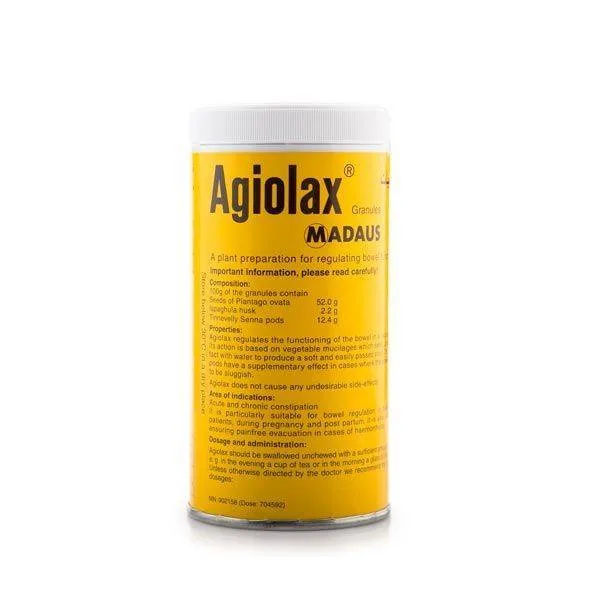Description
Curam 156Mg Susp is a broad-spectrum antibiotic suspension formulated for pediatric use. It contains two active ingredients: amoxicillin trihydrate and potassium clavulanate. Amoxicillin is a penicillin-type antibiotic that works by interfering with the ability of bacteria to form cell walls. Potassium clavulanate is a beta-lactamase inhibitor that helps to prevent certain bacteria from inactivating amoxicillin, thus enhancing its effectiveness against a wider range of bacteria. Curam 156Mg Susp is commonly prescribed to treat various bacterial infections in children, including respiratory tract infections (such as pneumonia and bronchitis), ear infections (otitis media), sinus infections (sinusitis), skin and soft tissue infections, and urinary tract infections. The 156mg strength typically refers to the amount of amoxicillin per dose, often in a 5ml volume of the reconstituted suspension. The suspension form is easier for children to swallow compared to tablets or capsules. Dosage is usually based on the child’s weight and the severity of the infection, as determined by a pediatrician.
- Pediatric Antibiotic Suspension: Contains amoxicillin and clavulanic acid.
- Broad-Spectrum Action: Effective against a wide range of bacteria.
- Amoxicillin: Penicillin antibiotic, inhibits bacterial cell wall synthesis.
- Clavulanic Acid: Beta-lactamase inhibitor, enhances amoxicillin’s effectiveness.
- Treats Respiratory Tract Infections.
- Treats Ear Infections (Otitis Media).
- Treats Sinus Infections (Sinusitis).
- Treats Skin and Soft Tissue Infections.
- Treats Urinary Tract Infections.
- Easy to Administer Liquid Form for Children.
- Prescription Medication: Requires a doctor’s prescription.
Directions for Use:
Curam 156Mg Susp is usually provided as a powder that needs to be reconstituted with water before use. Follow the instructions provided by the pharmacist or on the packaging carefully for proper reconstitution. Shake the bottle well before each use to ensure the medication is evenly distributed. Administer the prescribed dose using a calibrated measuring spoon or oral syringe. Dosage is based on your child’s weight and the severity of the infection, as directed by your pediatrician. It is important to complete the full course of treatment as prescribed, even if your child starts to feel better, to ensure the infection is fully cleared and to prevent antibiotic resistance. Curam can be given with or without food, but giving it with food may help to reduce stomach upset.
Precautions:
- Curam is a prescription antibiotic and should only be used under the guidance of a doctor.
- Inform your doctor if your child has any allergies, especially to penicillin or other beta-lactam antibiotics (like cephalosporins).
- Provide your doctor with a complete medical history of your child, especially if they have kidney problems, liver problems, or a history of allergic reactions.
- Inform your doctor about all other medications your child is taking, including prescription drugs, over-the-counter medicines, and herbal supplements, as interactions can occur.
- Be aware of potential side effects, which may include diarrhea, nausea, vomiting, and rash. If these side effects persist or become bothersome, contact your doctor. Serious allergic reactions, although rare, can occur and require immediate medical attention (symptoms may include hives, difficulty breathing, and swelling).
- If your child’s symptoms do not improve within a few days of starting Curam, or if they worsen, contact your doctor.
- Do not use Curam to treat viral infections, such as the common cold or flu, as it is only effective against bacterial infections.
- Store the unreconstituted powder in a dry place at room temperature. Once reconstituted, the suspension is usually stored in the refrigerator and should be used within the period specified on the label (typically 7-14 days). Discard any unused suspension after this period.
- Keep this medication out of the reach of children.


